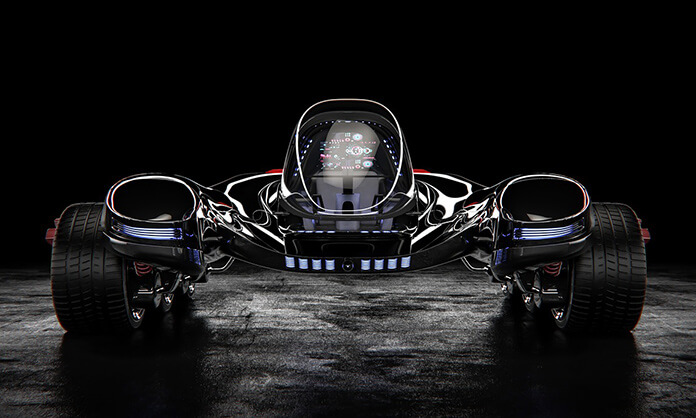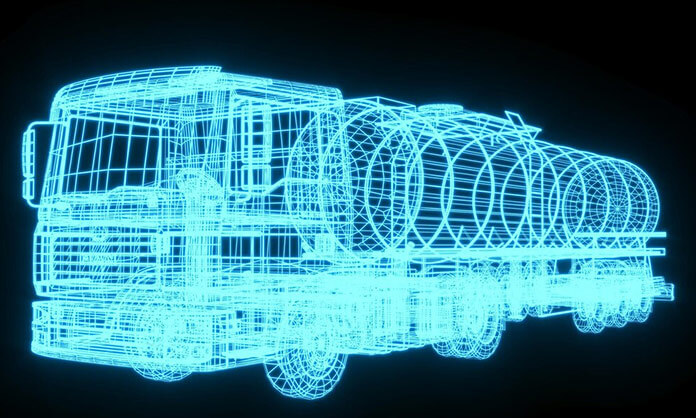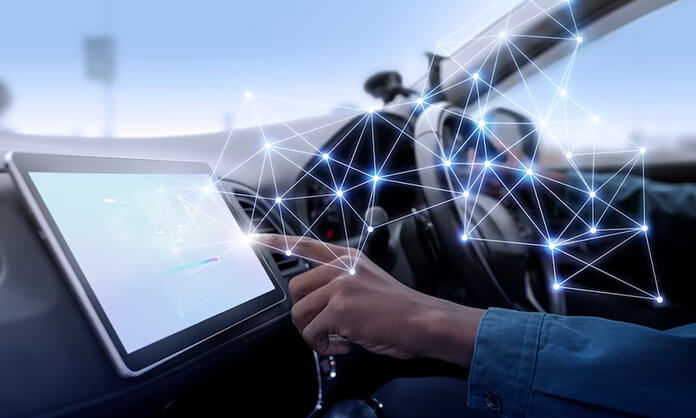In the ever-evolving landscape of transportation, the safety of heavy vehicles remains a paramount concern for manufacturers, regulatory bodies, and the general public. The commercial trucking industry, a critical artery in the global supply chain, has been at the forefront of adopting innovative technologies to mitigate the risk of accidents on our roads. This article delves into the latest advancements in truck design and technology aimed at enhancing safety, reducing the incidence of collisions, and ultimately saving lives.
Innovations In Truck Design
Trucking is an indispensable part of the economy, delivering goods across vast distances to meet the needs of consumers worldwide. However, the sheer size and weight of these vehicles can make them potentially more hazardous in the event of an accident.

Recognizing this, the industry has been quick to embrace new technologies that promise to make trucking safer for drivers, passengers, and pedestrians alike. From advanced driver-assistance systems (ADAS) to eco-friendly innovations reducing environmental impact, the future of truck design is being shaped by the dual imperatives of safety and sustainability. Read on to learn more about these innovations:
Advanced Driver-Assistance Systems (ADAS)
One of the most significant areas of advancement in truck safety is the integration of ADAS. These systems, designed to enhance vehicle safety and driving efficiency, include features such as automatic emergency braking (AEB), lane-keeping assistance (LKA), and adaptive cruise control (ACC).
AEB systems, for instance, use sensors and radar to detect impending collisions, automatically applying the brakes if the driver fails to respond in time. Similarly, LKA systems help prevent accidents caused by unintentional lane departures, a common issue in long-haul trucking due to driver fatigue.
Some more cutting-edge technologies implemented in the field of truck design are as follows:
- Adaptive High Beam: Trucks equipped with adaptive high beam technology adjust their headlights automatically based on surrounding traffic and road conditions. This ensures optimal visibility without blinding other drivers, enhancing safety during nighttime driving.
- Collision Warning with Emergency Brake: This system uses sensors to detect potential collisions and alerts the driver. If the driver doesn’t respond promptly, the emergency brake automatically engages to mitigate or prevent an accident.
- Volvo Dynamic Steering: An ultra-responsive steering system that reduces steering force, Volvo Dynamic Steering enhances driver control and minimizes fatigue. It provides precise steering at all speeds, contributing to safer driving experiences.
Telematics And Driver Monitoring
Telematics systems, which collect and transmit data on vehicle performance and driver behavior, are becoming increasingly sophisticated. These systems can monitor for signs of driver fatigue or distraction, alerting the driver with visual and auditory warnings to take a break or pay closer attention to the road. Some systems even integrate with wearable technology to monitor a driver’s heart rate and alertness levels, offering a proactive approach to preventing accidents before they occur.
Vehicle Design And Aerodynamics

Improvements in vehicle design and aerodynamics not only contribute to fuel efficiency but also enhance safety. Modern trucks are being designed with improved visibility, reducing blind spots through the strategic placement of mirrors and cameras. Furthermore, aerodynamic enhancements such as side skirts and boat tails can reduce the risk of rollovers by lowering the vehicle’s center of gravity and improving stability in windy conditions.
Automated And Electric Trucks
The advent of automated driving technology and electric vehicles (EVs) represents a revolutionary shift in the trucking industry. Automated trucks equipped with sensors and AI algorithms can potentially reduce human error, one of the leading causes of traffic accidents.
For instance, these sensors are able to detect pedestrians and cyclists near the vehicle. If a collision risk is detected, then the sensors alert the driver at once to prevent accidents involving vulnerable road users.
Electric trucks offer the added benefit of reduced emissions, contributing to a healthier environment. However, the transition to fully automated and electric fleets will require overcoming significant regulatory, technological, and infrastructural challenges.
Benefits Of Integrating Technology In Truck Design

Aside from preventing accidents, there are several benefits of integrating advanced safety technologies into truck design. These are as follows:
- Driver Assistance: Features like adaptive cruise control, lane departure warnings, and blind-spot monitoring assist drivers, enhance situational awareness, and promote safer driving practices.
- Reduced Human Error: Human errors, such as fatigue, distraction, or misjudgment, contribute to accidents. Technology compensates for these limitations, improving overall safety.
- Improved Visibility: Adaptive headlights and sensors enhance visibility during adverse weather conditions, reducing accidents caused by poor visibility.
Challenges Of Integrating Technology In Truck Design
The integration of technology in truck design has played a significant role in preventing accidents and saving a lot of lives. However, implementing these advanced safety technologies in truck design also comes with several challenges. These are as follows:
- Cost: Developing and integrating sophisticated safety features can be expensive. Manufacturers need to strike a balance between safety enhancements and affordability for consumers.
- Compatibility: Retrofitting existing trucks with new technology can be challenging. Ensuring compatibility with older models and standardizing features across the industry is crucial.
- Driver Acceptance: Drivers may resist or struggle to adapt to new systems. Training and education are essential to ensure effective utilization of safety features.
- Maintenance and Repairs: Complex systems require specialized maintenance. Ensuring that repair facilities can handle these technologies is vital for long-term reliability.
- False Positives and Negatives: Collision warning systems may trigger false alarms, leading to driver complacency. Conversely, missing genuine threats due to system errors can be dangerous.
- Sensor Reliability: Sensors (such as radar and cameras) can be affected by weather conditions (rain, snow, fog). Ensuring their accuracy and reliability under all circumstances is challenging.
- Cybersecurity: Connected trucks are vulnerable to cyberattacks. Protecting against hacking and ensuring data privacy are critical concerns.
- Legal and Regulatory Hurdles: Compliance with safety regulations and liability issues poses challenges. Harmonizing global standards is complex.
- User Interface Design: Intuitive interfaces are essential for driver interaction with safety systems. Poor design can lead to confusion or misuse.
- Integration with Infrastructure: Coordinating truck safety features with road infrastructure (such as smart traffic signals) requires collaboration between manufacturers and authorities.
Embry Law Truck Accidents And Legal Framework
As the industry continues to innovate, the legal landscape evolves in tandem. Organizations like Embry Law Truck Accidents are at the forefront of addressing the legal implications of truck accidents, advocating for victims, and working towards a legal framework that supports the adoption of these new technologies.
Their expertise highlights the importance of not only advancing truck safety through technology but also ensuring that legal systems are in place to protect those affected by accidents.
Conclusion
The future of trucking promises a dramatic reduction in the number of accidents, thanks to a combination of advanced technologies, improved vehicle designs, and stricter safety regulations. While the road ahead may still present challenges, the industry’s commitment to innovation and safety is clear.
As we move forward, it is crucial that all stakeholders, from manufacturers to legal experts like Embry Law Truck Accidents, continue to collaborate in creating a safer, more efficient, and sustainable transportation ecosystem. The journey towards zero accidents is long and complex, but with each technological advance, we move one step closer to making our roads safer for everyone.
READ MORE:




Leave A Comment